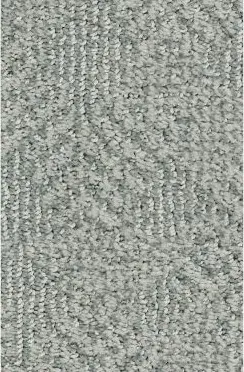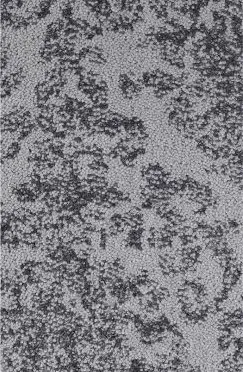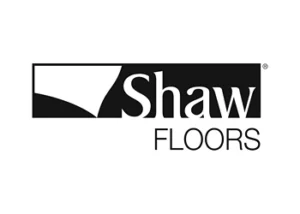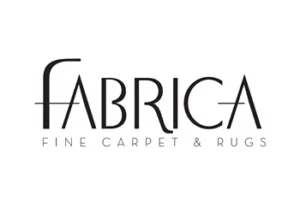CARPET
ADD WARMTH AND COMFORT
TO YOUR HOME
Finding the
PERFECT CARPET
Hadinger Flooring carries a wide selection of premium carpeting products, so our customers don't have to search far to find the right carpet for their home. Different styles and textures of carpet are better for certain rooms, so if you're not sure what you need for your home improvement project, read our breakdown below.
CARPET
BASICS
Revitalize Your Room
Like a fresh coat of paint, new carpeting instantly revitalizes a room with a new look and feel. When considering a new carpet for your home, style and quality are your biggest concerns. That's why Hadinger Flooring offers a wide variety of carpet colors, styles, textures, and fibers. Whatever your design preference—traditional, eclectic, or contemporary—we have the perfect carpet for your home.
Keep It Simple
There are no rules when it comes to carpet color, giving you the freedom to keep it simple with neutrals or take a risk with a bright, bold tone. We have a large selection of creams and beiges, the most versatile neutrals, as well as blendable greys and browns. You’ll also find splashes of blues, greens, reds, and even orange hues. Browse our gallery to view them all.
A Variety of Styles And Textures
Carpets come in a variety of styles and textures, so you can select the carpet that reflects your design aesthetic. Texture, or loop style, affects the literal feel of the carpet. A Berber loop, for example, is a tightly looped yarn that results in a knobby, low height, durable carpet. A cut loop yarn produces a softer, and often higher height carpet. Loop and cut yarns can be combined in one carpet to create varied textures and patterns.
Carpet Fibers
The majority of the carpet produced in the U.S. contains one of six pile fibers: nylon, polypropylene (olefin), acrylic, polyester, wool, or cotton. Synthetic fibers make up more than 99% of the fiber. Each fiber has strengths and weaknesses that must be recognized and should influence how it is used and constructed. Some fibers have low resiliency and should only be manufactured in high-density loop pile constructions to limit crushing. Other fibers have the tendency to absorb oily soils and other oil-based compounds and should be carefully considered before installing in areas subject to these contaminants.
TYPES OF
CARPET
Each carpet style offers unique characteristics to consider in terms of softness, durability and look.
Textured
Dense with an uneven surface, textured carpet presents a casual look. These are good at hiding footprints and vacuum marks. Ideal for active rooms.
Saxony
Also known as "plush," Saxony yarn is closely packed, giving a soft, even surface and smooth finish that works well in formal settings. Tends to show seams, footprints and vacuum marks.
Frieze
Short, twisted fibers curl in different directions, creating a loose, casual look. Ideal for high traffic and active areas.
Loop
Yarns curl in a loop that’s fastened to the carpet backing. This durable style is a good choice for high traffic areas where an informal look is desired.
Cable/Shag
Yarn is thicker and typically longer making it feel comfortable underfoot. Works well in low traffic areas like bedrooms. Not recommend for active areas where wear patterns can form.
Cut & Loop
Straight and looped yarns combine in interesting sculptured patterns with high shading values. Softer than loop, but not as durable. Excellent for disguising wear and soil.
Carpet
MAINTENANCE
How Do I Keep My Carpets Clean?
There are a number of things you can do to make sure your carpets are properly cleaned and maintained. Consider placing mats or throw rugs near entrances to catch dirt. Purchase a good vacuum cleaner and use it often; if it has bags, makes sure you change them regularly. Clean up spills as soon as they happen and use a professional cleaning company at least once per year to give your carpet a deep clean. And, as with any flooring product, be sure to consult the manufacturer’s cleaning and maintenance suggestions.
What Should I Do If A Carpet Loop Snags?
If your looped carpet snags, be sure not to vacuum or pull the yarn. Simply use a pair of scissors to cut the snag so it’s level with the surface of the carpet.
What Can I Do About Spills?
If you spill something on carpet, it’s important to clean it up right away. First, pick up any solids or debris and use a clean, dry cloth to soak up as much liquid as possible. Then rinse the area with warm water, blotting with your cloth or towel. You shouldn’t scrub or use hot water as this can damage individual fibers. Once the area has dried, you can vacuum over it to help restore the carpet to its original appearance. If you’re considering using a carpet cleaning product, be sure to follow manufacturer guidelines or consult with our flooring professionals for a recommendation.





















